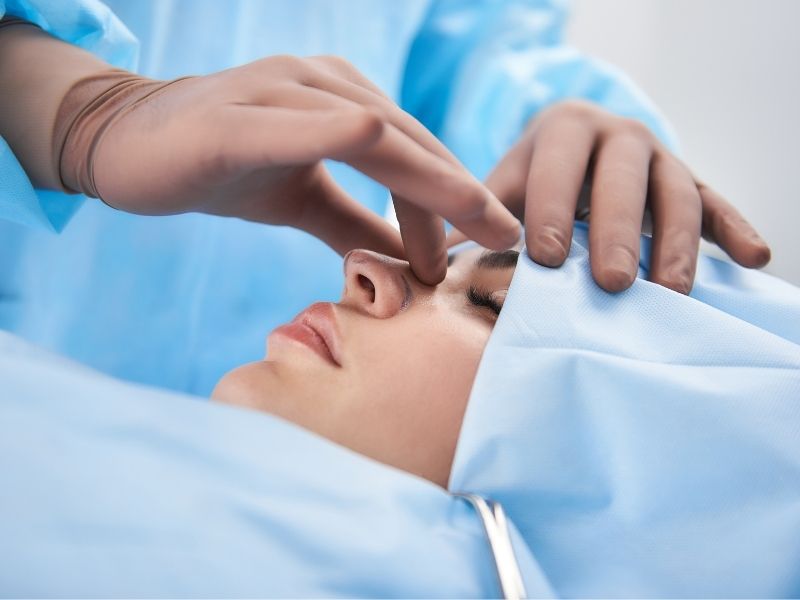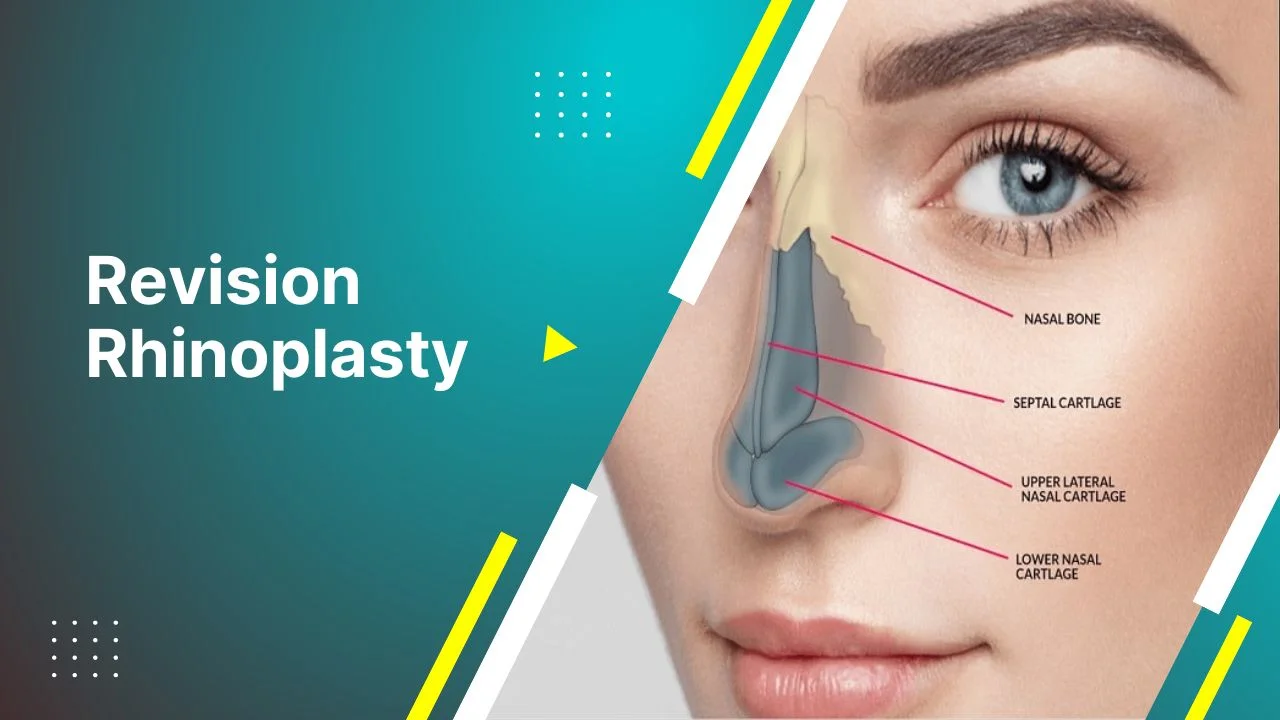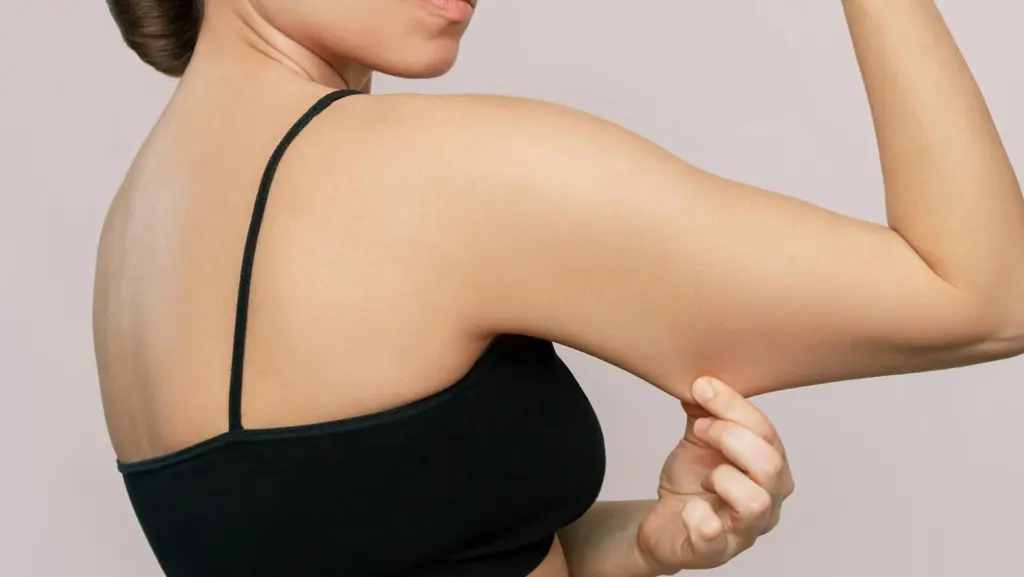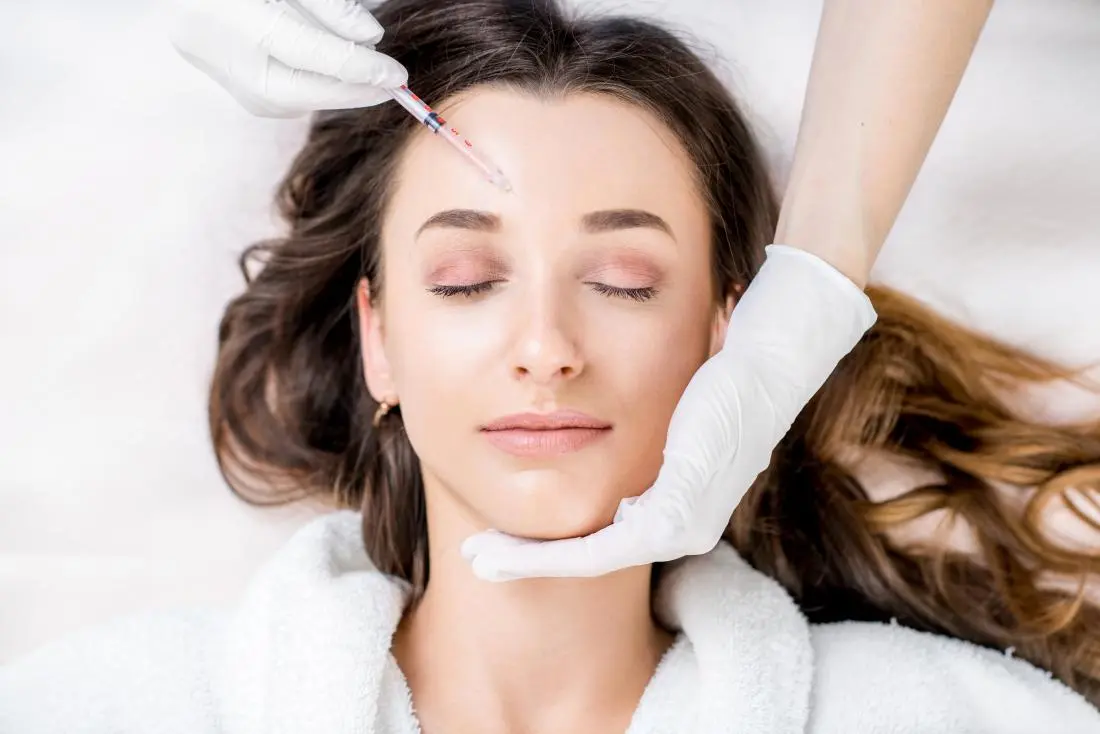Embarking on your rhinoplasty journey is an exciting step toward achieving the appearance you’ve always desired, but it’s important to remember that the path to your final results involves a significant recovery process. Understanding what to expect, how to care for yourself, and what steps to take can make all the difference in ensuring a smooth and successful recovery. In this guide, we’ll share essential insights and practical advice to help you navigate your rhinoplasty recovery with confidence, from managing swelling and discomfort to resuming daily activities and maintaining your beautiful results. Let’s get started on making your recovery as seamless and effective as possible!
Initial Recovery Phase: What to Expect in the First Week
The first week after rhinoplasty is the most crucial phase of your recovery journey. During this time, your body begins to heal, and you may experience a range of symptoms, such as swelling, bruising, and mild discomfort. It’s normal to feel some congestion or tightness in your nose due to internal swelling and nasal packing, which is often placed by your surgeon to control bleeding. Rest is essential during these first few days, so plan to take time off work and avoid any strenuous activities.
Keeping your head elevated while resting or sleeping can help reduce swelling and improve circulation. You might also be advised to apply cold compresses around your eyes and cheeks, but be careful not to apply direct pressure to the nose. Following your surgeon’s instructions carefully, taking prescribed medications, and avoiding any trauma to your nose will help set the foundation for a smooth recovery. Remember, patience is key; the first week is all about giving your body the time it needs to start the healing process.
Managing Swelling and Bruising: Effective Strategies
Swelling and bruising are common after rhinoplasty, but there are several effective strategies you can employ to manage these symptoms and accelerate healing. To reduce swelling, keep your head elevated as much as possible, even while sleeping, and use cold compresses on the cheeks and around the eyes for the first 48 hours. Staying hydrated and maintaining a low-sodium diet can also help minimize swelling, as excess salt can cause your body to retain fluids.
Arnica and bromelain supplements are often recommended for their anti-inflammatory properties, but consult with your surgeon before adding any supplements to your recovery regimen. Gentle lymphatic drainage massages, performed by a licensed professional, can also help reduce swelling and promote circulation. Remember, swelling may come and go for several weeks or even months, so remain patient and follow your surgeon’s advice for managing it effectively.
Post-Operative Care: Tips for Maintaining Nasal Hygiene
Maintaining nasal hygiene after rhinoplasty is crucial to prevent infections and promote proper healing. In the first few days, your surgeon will provide specific instructions on how to clean your nose and any external incisions. This may involve using saline nasal sprays or rinses to keep the inside of your nose moist and free of debris. Avoid blowing your nose or inserting anything into your nostrils, as this can disrupt the healing process.
Gently cleaning around the nostrils with a cotton swab dipped in hydrogen peroxide, followed by the application of a prescribed ointment, can help keep the area clean and reduce the risk of infection. Make sure to attend all follow-up appointments with your surgeon to monitor your progress and address any concerns you may have. Keeping the nasal area clean and following these simple hygiene practices can significantly impact your recovery outcome.
Long-Term Recovery: Achieving and Maintaining Optimal Results
While most of the noticeable swelling and bruising will subside within the first few weeks, achieving the final results of your rhinoplasty can take several months to a year. For those considering rhinoplasty in Turkey, this long-term recovery phase is equally important to ensure the best possible outcome. It’s crucial to follow your surgeon’s advice and avoid any activities that could put your nose at risk, such as contact sports or heavy lifting. Additionally, protect your nose from sun exposure by wearing sunscreen and hats, as UV rays can cause prolonged swelling and discoloration.
Adopting a healthy lifestyle, including a balanced diet and regular exercise, is essential for maintaining the results of your rhinoplasty in Turkey over the years. Stay hydrated, avoid smoking, and limit alcohol consumption to support overall healing and skin health. Remember, rhinoplasty is not just about the immediate change but the long-term enhancement of your facial harmony. By adhering to these guidelines, maintaining realistic expectations, and choosing a reputable clinic for your procedure, you can enjoy the full benefits of your rhinoplasty for years to come.






